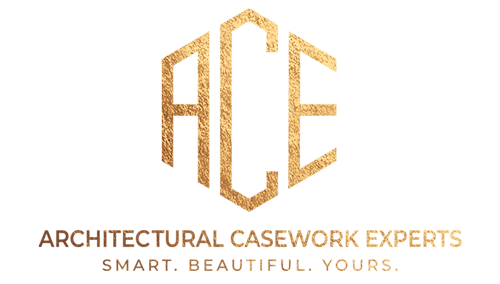What is a custom cabinet design?
Custom cabinet design refers to the creation of cabinetry tailored to specific measurements, design preferences, and functionality needs, as opposed to pre-made or off-the-shelf units.
How does custom cabinetry differ from stock or semi-custom cabinets?
Stock cabinets come in predetermined sizes and styles. Semi-custom cabinets offer some level of customization but within certain predefined options. Custom cabinets, on the other hand, are made-to-order and can be tailored in size, material, finish, and design to fit a specific space or design vision.
Is custom cabinet design more expensive than stock cabinets?
Typically, yes. Custom cabinets are made to specific requirements, often using higher quality materials and craftsmanship, which can result in a higher price point. However, the precise fit and tailored design can add significant value to your home or space.
How long does it take to design and install custom cabinets?
The design phase can vary, depending on the complexity and number of revisions. Once the design is finalized, manufacturing can take anywhere from a few weeks to a couple of months. Installation usually takes several days to a week, depending on the size of the project.
Can I choose any material or finish for my custom cabinets?
Most custom cabinet designers offer a wide range of materials and finishes, but availability might depend on your location, budget, and the specific craftsman or company you’re working with.
Do I need to hire a separate designer for custom cabinetry?
Not necessarily. Many custom cabinet makers have in-house designers. However, if you have a specific vision or are working on a larger renovation, you might opt to work with an independent interior designer or architect.
How do I ensure my custom cabinets are of high quality?
Research and choose a reputable cabinet maker, ask for references, and check reviews. It’s also wise to view samples of their previous work and ensure they use quality materials and craftsmanship.
Can custom cabinets be designed for any room or just kitchens?
While kitchens are common spaces for custom cabinets, they can be designed for any room, including bathrooms, home offices, libraries, and more.
How do I care for and maintain my custom cabinets?
Most custom cabinets can be cleaned with a mild soap and water solution. Avoid using harsh chemicals. For wood cabinets, periodic resealing or refinishing may be necessary to maintain their beauty and durability.
What if I need repairs or adjustments to my custom cabinets in the future?
Many custom cabinet makers offer warranties or service plans. Additionally, since they have the original designs and specifications, they’re often best suited to make repairs or adjustments in the future.
